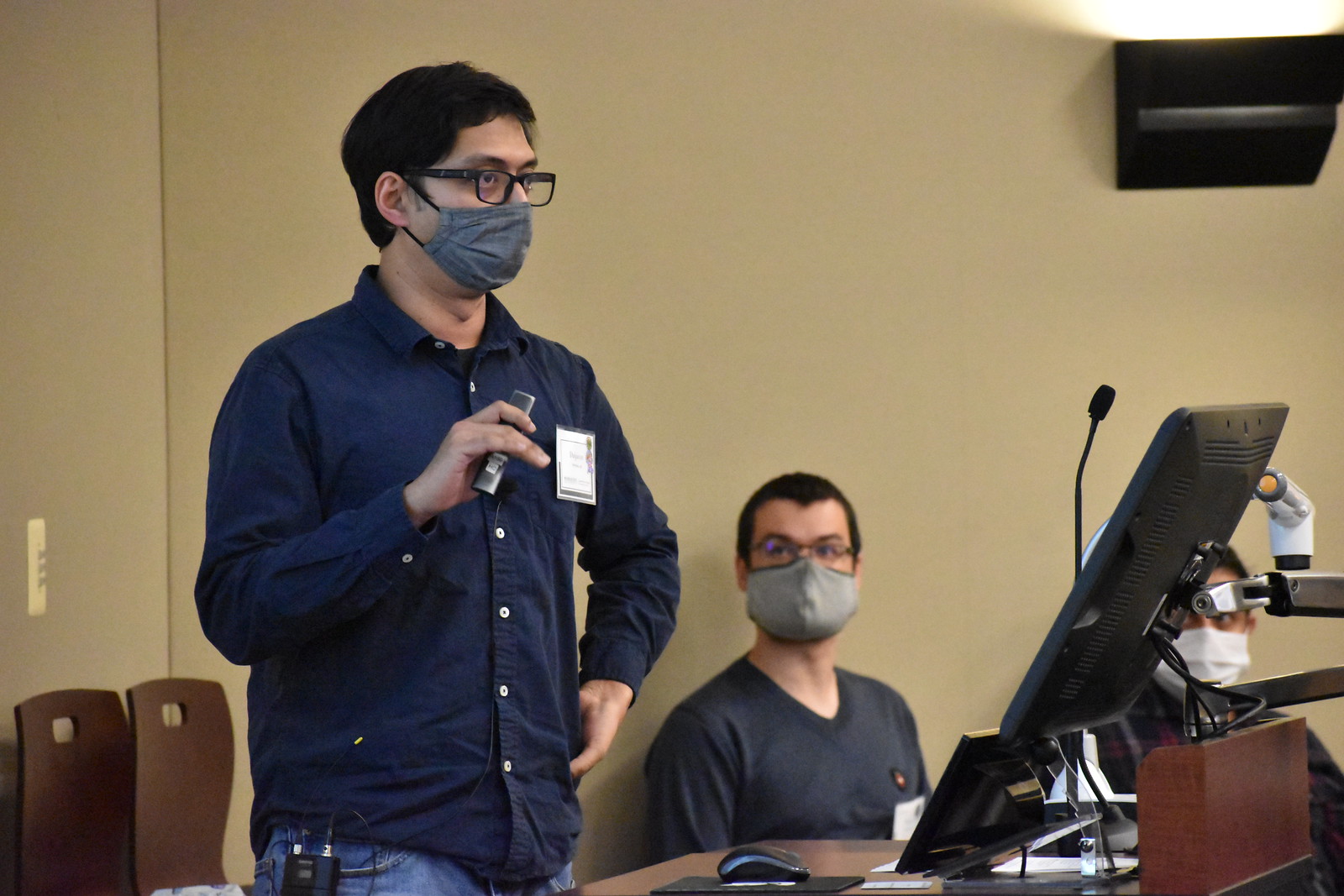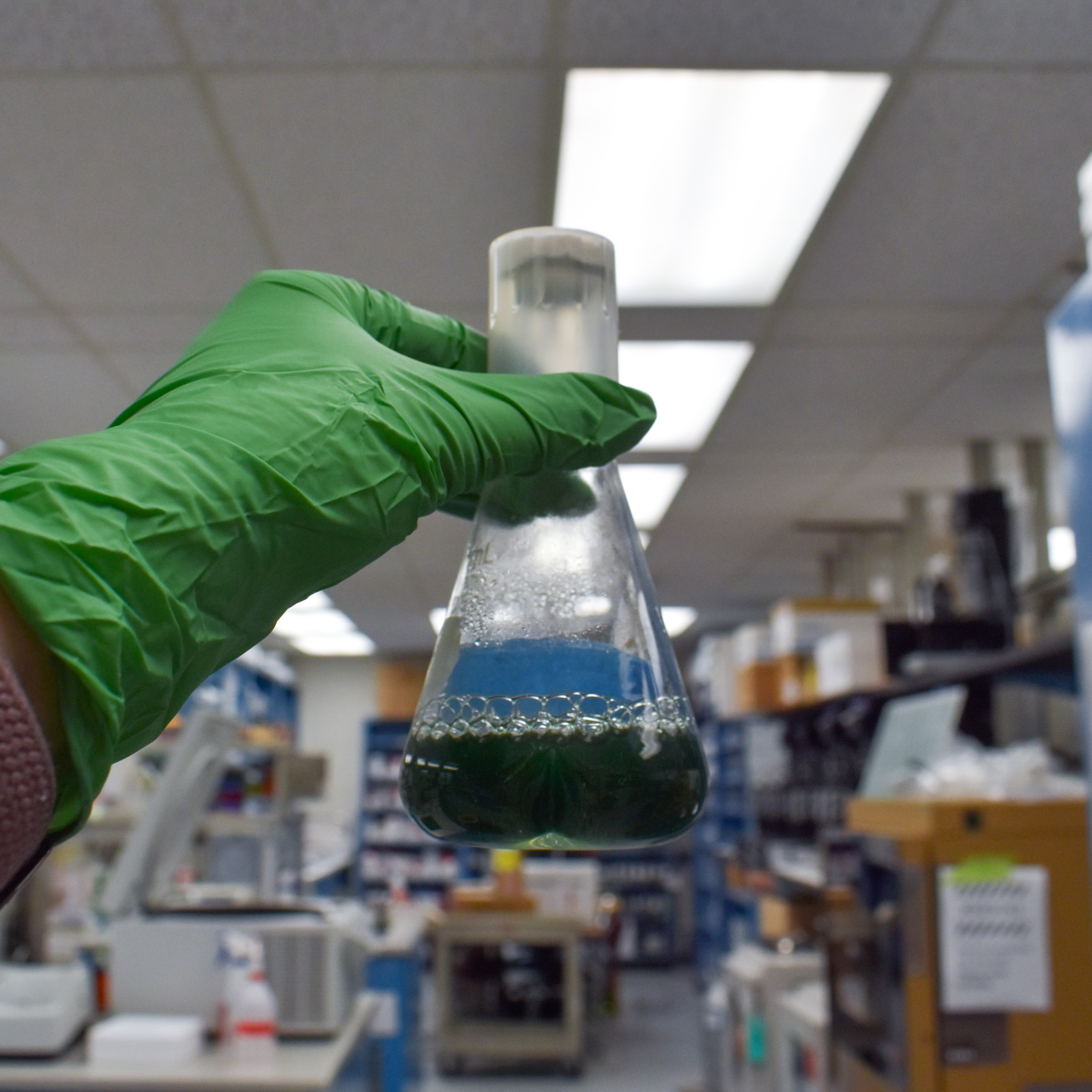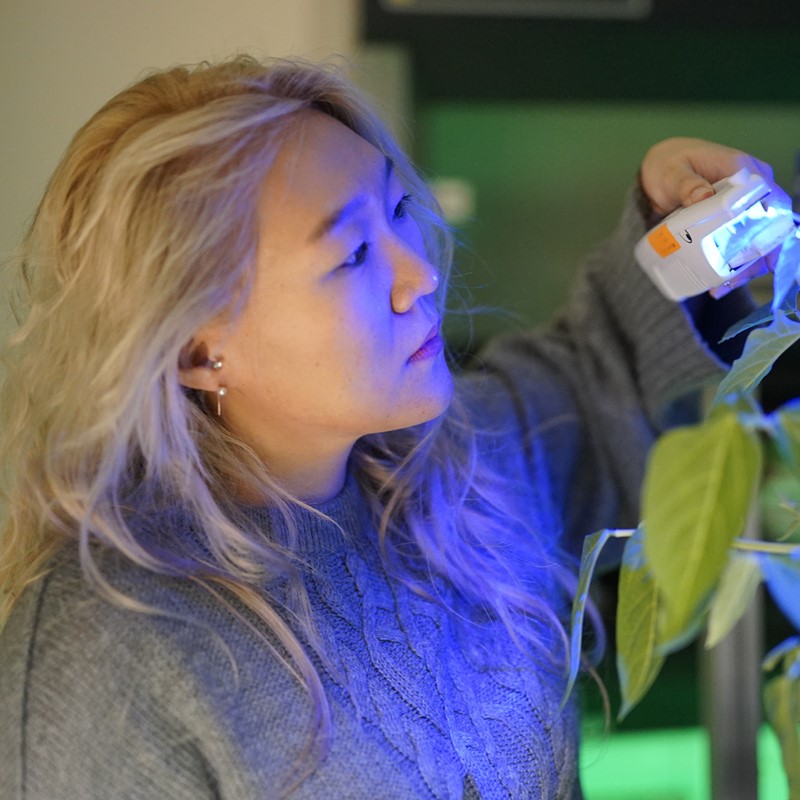PRL Perspectives: Postdoctoral researcher Daipayan Sarkar

Courtesy photo
Daipayan Sarkar received his Ph.D. in Mechanical Engineering from the University of Texas at Arlington in Fall 2016. Earlier, he received his Bachelor of Engineering in 2010 and Master of Science in 2012 in the same discipline. His doctoral work focused on developing computational models for thermal transport in biological systems (bioheat transfer). Post his doctoral training, he worked in the lab of Zhenpeng Qin at the UT-Dallas and UT-Southwestern Medical Center, where he extended his doctoral work on hyperthermia to molecular hyperthermia, a term coined for specific photoinactivation of biological molecules using plasmonic gold nanoparticles. This work was published in ACS Nano (Sarkar et al, ACS Nano, 2019).
Subsequently, he moved to Department of Biological Sciences at Purdue University in the lab of Daisuke Kihara. At Purdue, he developed computational methods using physics-based methods such as molecular dynamics to flexibly refine protein structures obtained from Cryo-electron microscopy (cryo-EM), X-ray crystallography and NMR. Based on the computational algorithms developed, he competed in blind experiments such as CASP (Critical Assessment of protein Structure Prediction) and CAPRI (Protein-protein interactions and other interactions between macromolecules), where the performance of different computational algorithms is tested against experimentally determined protein structures. From his time in Purdue, he has co-authored several manuscripts in several journals such as Nature Methods, Matter and Proteins: Structure, Function and Bioinformatics.
In May 2021, he joined the MSU-DOE Plant Research Laboratory (PRL) and the lab of Josh Vermaas, where his research focus is on fundamental aspects of photosynthesis and its widespread application in sustainability research. He is a member of the PRL Community Building and Outreach committee. On weekends, he likes to watch soccer, national or college football games.
What do you do here in the PRL?
Currently, I am a postdoc in the Vermaas lab. I am a computational biophysicist, developing physics and informatics-based models to understand the mechanism of transport of photosynthetic metabolites across bacterial microcompartments (BMCs), mechanics of plant cell wall with varying moisture and mesophyll conductance in warm and cold adapted plant species.
Why did you choose the PRL and the Vermaas lab?
The PRL and MSU in general is one of top institutions in the country to work on sustainability. This is one of the major factors of why I chose to apply here. The diverse expertise at PRL, which includes my present lab, provides the ideal platform for an early career scientist to build an independent research career in sustainability research.

By Kara Headley, MSU-DOE Plant Research Laboratory 2022
What resources at the PRL have you found beneficial?
As a computational researcher, the resources in the lab and at the PRL are sufficient to conduct my research. The Institute for Cyber-Enabled Research (ICER) is a great resource to initially test some ideas and hypotheses. In addition, as a lab we have computer time allocation on national supercomputing resources, housing state-of-the-art graphics processing units (GPUs), which help accelerate multi-million atom simulations at all-atom resolution.
What has your time at time at the PRL taught you thus far?
My time in PRL has provided me with ideas and knowledge of the current challenges and opportunities in sustainability research. I am currently working on this, and the manuscripts are in preparation. This definitely helps towards building my career in sustainability research.
Why would you recommend incoming postdocs to consider coming to the PRL?
PRL provides a healthy and nurturing environment for people with diverse backgrounds to use their expertise toward a critical area of science. In my opinion, this experience should help a prospective postdoctoral scholar to build their career. Also, the MSU campus and East Lansing area provide a good environment outside work.
This story is one of a five-part series highlighting postdoc, graduate student and undergraduate student voices within the PRL.
By Kara Headley and Daipayan Sarkar; Banner image by Kara Headley



